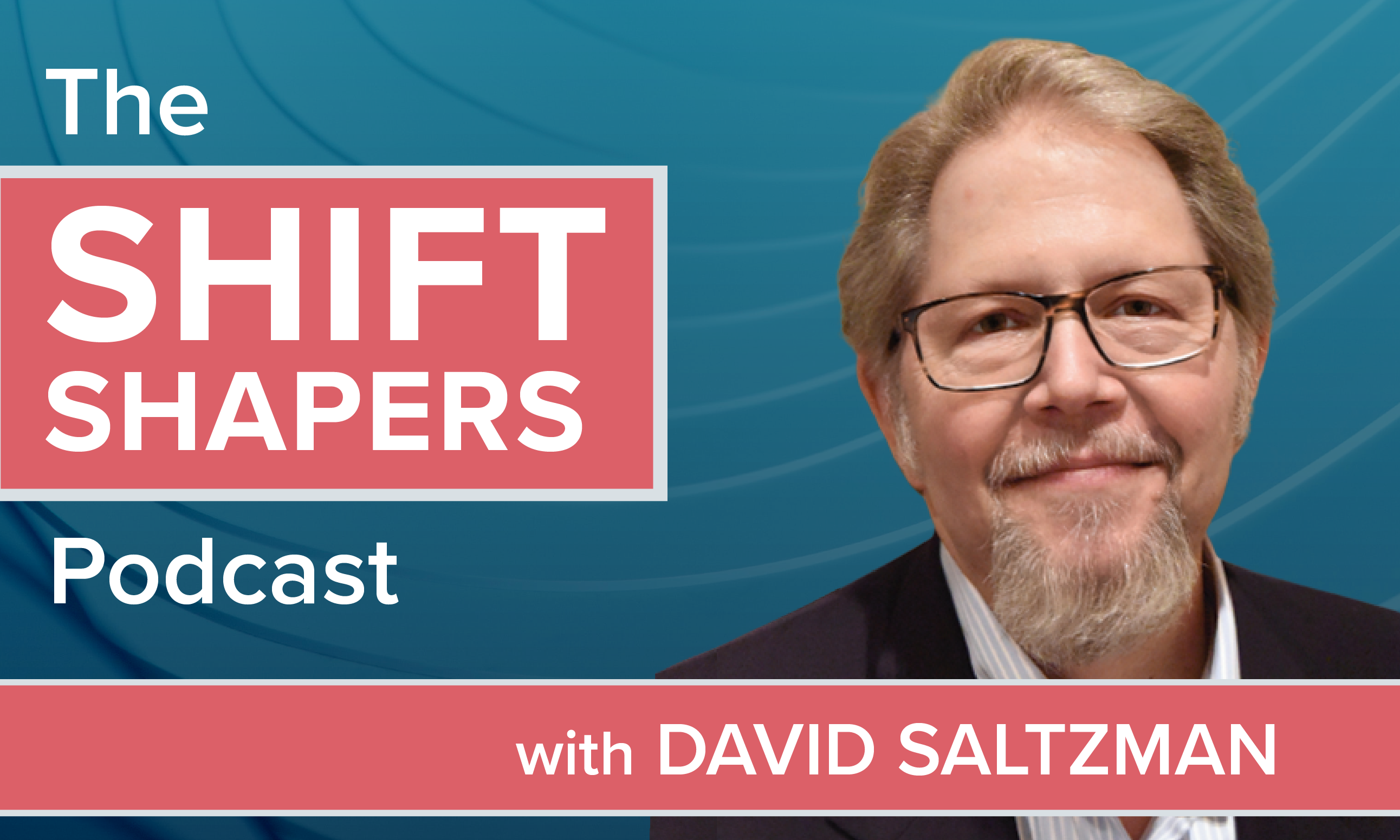Employers today find themselves at the center of a seemingly unwinnable struggle. Health care costs are rising; employer-sponsored health insurance is a $900 billion per year market. Starbucks, for instance, spends more on health care than coffee beans, and GM spends more on health care than on steel. But they are willing to make the investment because they know that a healthy, happy workforce is as valuable as any part of their supply chain — on par with, if not more valuable, than coffee beans and steel.
While it is a huge business expense, health care is incredibly difficult for employers to manage. Benefits cost varies widely by employer — even within the same industry. Benefits administrators are told to deliver the best benefits for the best value, but are left to navigate a complex and changing system with little idea of what works for whom, when, and why.
That is beginning to change. A new wave of health care apps, devices, and technology-enabled services has emerged. Care is moving from physical settings to virtual settings. Consumers are taking control of their health care, using fitness trackers and wearables like Fitbit to manage their weight, digital disease management tools like Omada Health to stay on top of chronic conditions, and telemedicine services like Doctor on Demand to talk to a doctor from the convenience of their living rooms. And finally, consumers are making more informed choices about care and coverage with care navigation, second opinion, and price transparency services like Quantum Health, Grand Rounds, and HealthCare BlueBook.
Recommended For You
Complete your profile to continue reading and get FREE access to BenefitsPRO, part of your ALM digital membership.
Your access to unlimited BenefitsPRO content isn’t changing.
Once you are an ALM digital member, you’ll receive:
- Breaking benefits news and analysis, on-site and via our newsletters and custom alerts
- Educational webcasts, white papers, and ebooks from industry thought leaders
- Critical converage of the property casualty insurance and financial advisory markets on our other ALM sites, PropertyCasualty360 and ThinkAdvisor
Already have an account? Sign In Now
© 2025 ALM Global, LLC, All Rights Reserved. Request academic re-use from www.copyright.com. All other uses, submit a request to [email protected]. For more information visit Asset & Logo Licensing.








